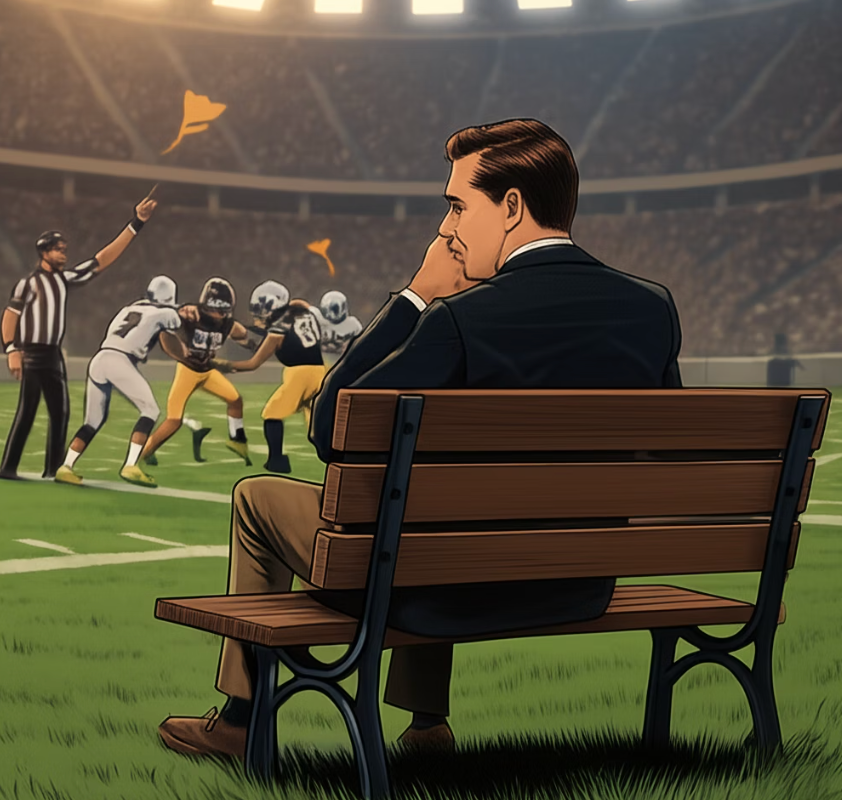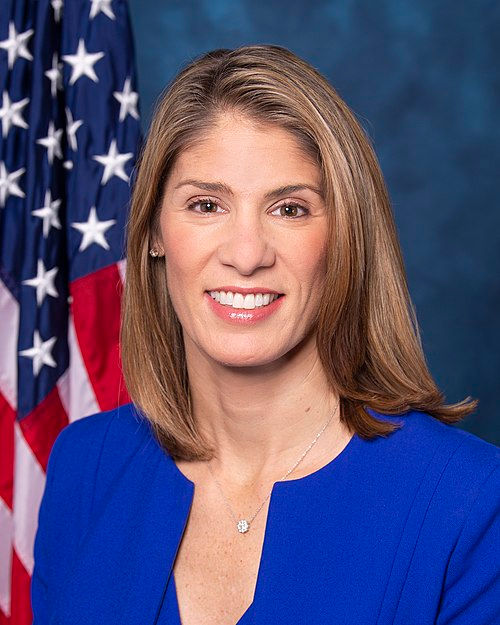The NCAA is Getting Sidelined — And That’s a Good Thing
- Jason Meyer
- May 20
- 4 min read
Updated: May 21

Pete Thamel of ESPN is reporting that once Judge Wilken finalizes her decision in House v. NCAA, a “College Sports Commission” will be established, led by a CEO who will serve as college sports’ new enforcement authority. Per Thamel, the “NCAA will no longer be in charge of traditional enforcement, and a CEO will soon be put in place with powers that never existed prior.”
For many of us (especially Ohio State fans still bitter about the Michigan/Connor Stalions/Manifesto situation), the NCAA’s enforcement of rules violations has been slow and largely ineffective. This new development could be a first step toward fixing that. A key detail of the ruling is that institutions must opt into the model by signing new membership agreements that bind them to the new rules—somewhat resembling the NFL/Commissioner model, where Commissioner Goodell exercises significant authority granted to him by team owners.
At NIL-Blog, we fully support this step. It closely mirrors our own proposal for reclaiming college athletics, which called for a separate governance body led by a commissioner empowered to enforce rules as a central authority—rather than relying on the loosely organized NCAA committees that currently exist.
Reading Thamel’s article, the most important line is this:
“The CEO's hire is expected to come quickly after the House settlement is finalized and has been spearheaded by the Power 4 commissioners from the SEC, Big Ten, Big 12 and ACC.”
We believe that any meaningful change in college sports must be driven by one or more of the major stakeholders: athletic directors, college presidents, athletes, coaches, Congress, the conferences, and the NCAA. Over the past two decades, the conferences have clearly emerged as the most powerful of these groups. They’ve proven willing to take collective action and implement sweeping changes—think: College Football Playoff, major TV deals, and conference realignment. In our view, any reform worth pursuing must be led by the conferences. Their alignment on this issue gives this change a high likelihood of sticking.
Summary of Major Points from the Draft Document:
A separate enforcement body called the College Sports Commission (CSC) will be created.
A CEO will be appointed and highly compensated—likely someone with the gravitas and leadership skills needed to unite stakeholders.
All schools must sign “association documents” to formalize the CSC. These documents grant power to the CSC, which will operate independently of the NCAA.
The NCAA will still enforce academic standards and eligibility.
The CEO will have the authority to make faster, more impactful decisions.
The CSC will have arbitration and subpoena power—tools the NCAA previously lacked.
The CEO is expected to be in place before the 2025–2026 athletic calendar.
The CEO will report to a board of college commissioners.
It sounds like there will be a separate CSC Commissioner that reports to the CEO (still a bit murky)
Deloitte and LBi Software will manage salary cap implementation.
Schools will receive $20.5 million to distribute across sports: Football (75%), Men’s Basketball (15%), Women’s Basketball (5%), and others (5%).
Items That Still Need Clarity:
NCAA-CSC Interaction: How will the NCAA interface with the CSC on academic issues? Who has final say? Is the NCAA equal to or subordinate to the CSC?
Opt-Out Scenarios: Can schools choose not to join the CSC? If so, does that create a de facto sub-league? Who governs those opt-out schools?
NIL Oversight: According to On3, this framework would “prevent schools from circumventing the settlement’s compensation cap through NIL collectives.” But how? NIL collectives are not technically part of the universities—so how does this enforcement power extend to them?
Employee Status: Are athletes still not considered employees, even while being paid and governed by a professional-style commission? Collective bargaining is still off the table.
Transfer Portal: Will players be contractually bound to schools? Or does the current chaos with the portal continue unchecked?
Our Take:
This is a meaningful step toward many of the principles we support at NIL-Blog. First, it advances athlete compensation in a more structured and responsible way. Second, it creates a mechanism for quicker, clearer decisions—giving coaches more stability. Third, it reflects the kind of sovereign governance structure we’ve advocated for to oversee revenue-generating (RevGen) sports. And finally, it centralizes authority among the power conferences—offering the potential for further evolution of this new model over time. Bonus: it keeps Congress at arm’s length, which is probably for the best.
The Drawbacks:
It still doesn’t go far enough. Key issues remain unresolved:
There’s no concrete plan to govern NIL collectives or rein in the budgetary arms race among Power 4 programs. Even though a salary cap is part of this step forward, it's unclear how this salary cap or governance applies to NIL.
Transfer portal instability continues, with no contractual obligation binding athletes to schools.
It’s unclear how this affects non–revenue sports, non–Power 4 schools, and Divisions II and III.
It could trigger entities to challenge that the CSC is in violation of the Sports Broadcasting Act of 1961, adding more legal activities to the mix
Most critically, it dodges the central issue: whether athletes should be classified as employees. As long as we keep dancing around that question, foundational problems in college sports will persist.
Good job, good effort—but please, go further.



Comments